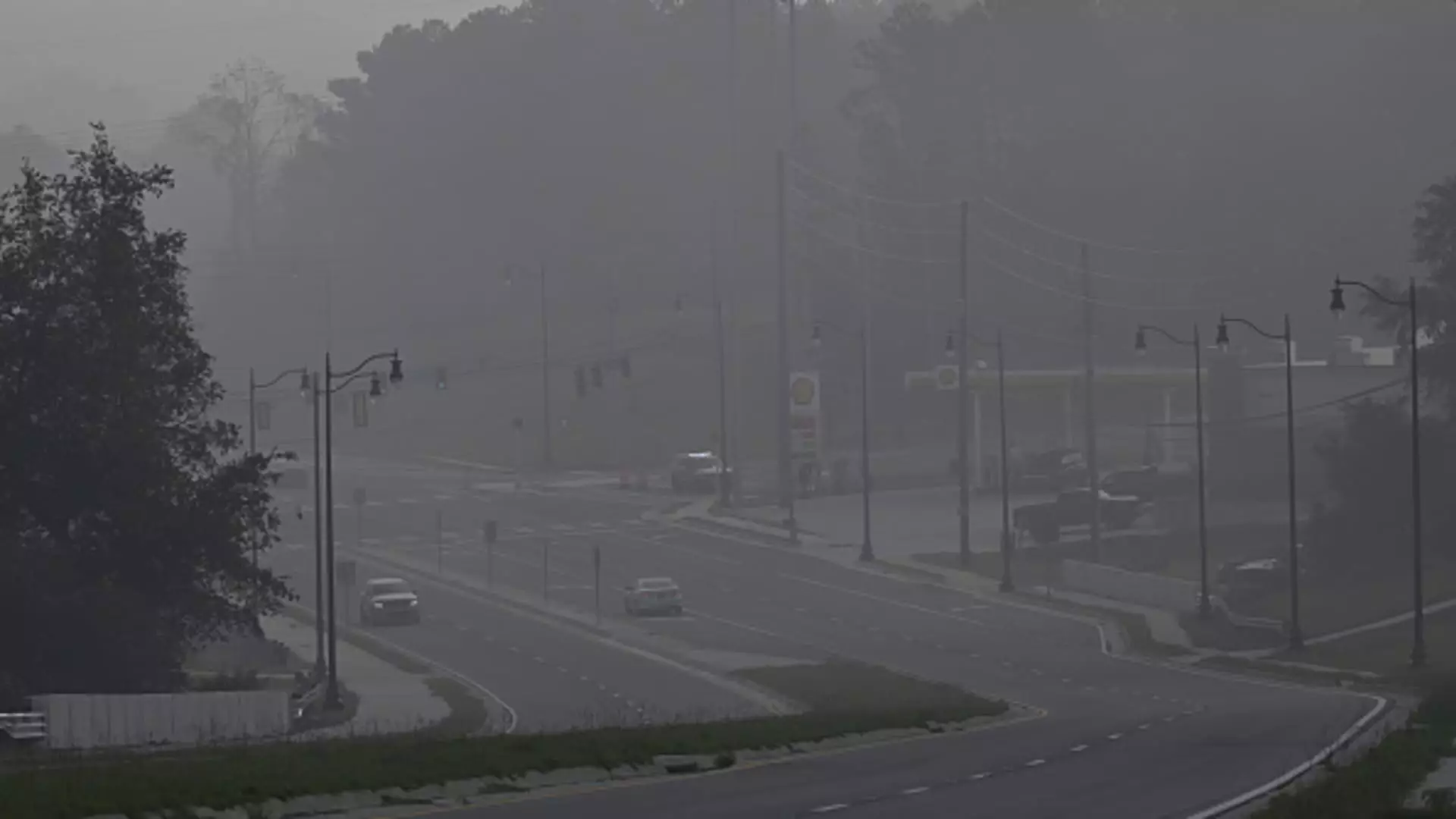On a seemingly ordinary Sunday morning, residents of Conyers, Georgia, woke to a dynamic crisis that would send repercussions rippling across Atlanta. It was at 5 a.m. on that fateful day when a chemical lab fire broke out on the roof of a BioLab facility, igniting not only flames but also a wave of concern and uncertainty that would engulf the metropolitan area. The immediate response involved extinguishing the fire, but officials quickly became aware of the more insidious consequences—the release of chlorine gas into the atmosphere.
As authorities scrambled to contain the situation, the Georgia Emergency Management and Homeland Security Agency promptly issued a shelter-in-place advisory for Rockdale County’s entire population of approximately 93,570. As the fire’s aftermath unfolded, it became evident that the potential public health implications were serious, with mandatory evacuation orders affecting those living in close proximity to the chemical plant.
In the days following the incident, air quality monitoring indicated elevated levels of chlorine surrounding the BioLab facility. Such findings led to fears of exposure, with emphasis placed on the dangers that chlorine poses—eye and respiratory irritation, along with exacerbated symptoms for individuals with pre-existing heart or lung issues. As people prepared to navigate their week, a persistent haze, laced with a chlorine odor, cast a looming shadow on their daily routines.
Frustration soon swept through the community, particularly on social media platforms where residents voiced their complaints regarding the handling of the incident. Many expressed concern that no clear and consistent messages were being communicated. One local resident lamented about the discomfort experienced while driving through the area, which was compounded by feelings of health vulnerability amongst those nearby. The sentiment was echoed when others reported experiencing chest pain and respiratory issues since the fire.
Witnesses to the calamity voiced their dissatisfaction over what they perceived as conflicting messages from authorities about safety levels in the affected areas. For instance, while certain communications suggested it was safe to return to normal activity, others warned of lingering health risks, further polarizing public perception. This dissonance rapidly transformed frustration into agitation, as community members demanded greater accountability from BioLab and engaged in discussions about the facility’s future in Rockdale County.
Thomas Chastain, a local resident and worker adjacent to the BioLab site, stated that the confusion surrounding the situation has only heightened anxiety levels. Many community members began petitioning for the removal of the facility altogether, arguing that the risks outweighed any benefits it may provide to the area.
As containment efforts persist and air quality levels are monitored, the immediate concern shifts from damage control to recovery and restoration of public trust. Local officials must now grapple with the aftermath of this incident while being cognizant of the need for effective communication. Trust may be jeopardized if residents continue to feel abandoned or misled by their leaders during times of crisis.
One critical takeaway from this incident is the profound interconnection between industrial facilities and the communities in which they operate. While industrial growth can enhance local economies, it is imperative that transparent risk management protocols are established to safeguard local populations. Accountability measures should be considered, including regular inspections and robust plans for emergency situations.
Community members, meanwhile, are urged to stay informed about ongoing developments and to continue voicing their concerns. The power of community activism should not be overlooked, as it invariably shapes civic discourse and can influence regulations surrounding industrial operations. As Atlanta braces for the potential fallout from the BioLab fire, it is a powerful reminder of the importance of maintaining open dialogue, preparedness, and vigilance in the face of environmental challenges.


Leave a Reply